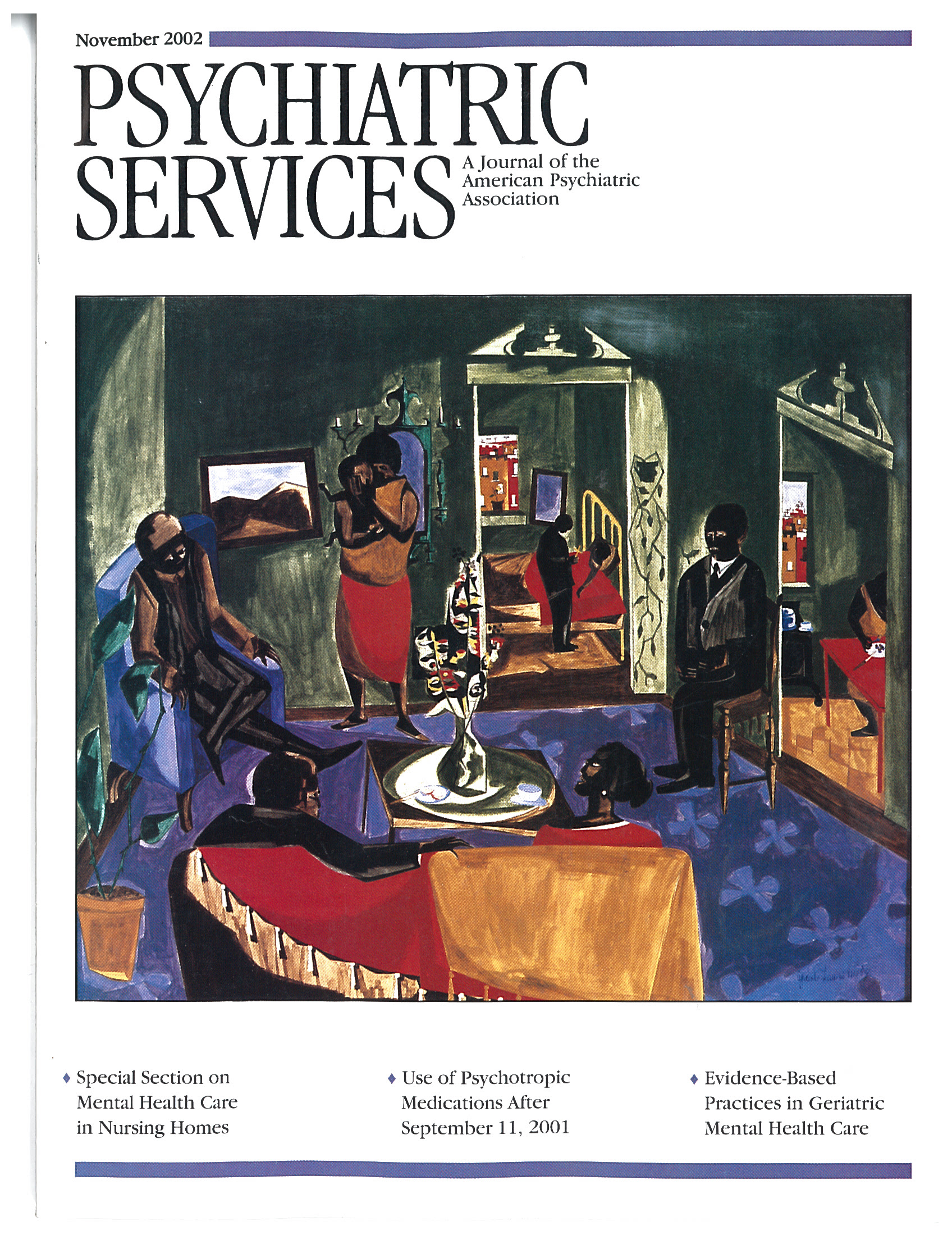Rethinking Risk Assessment: The MacArthur Study of Mental Disorder and Violence
This book is a clarion call for a new method of assessing an individual's risk of violence toward others in a community setting. It presents findings from the MacArthur Violence Risk Assessment Study, a project conducted by some of the nation's leading forensic clinicians and researchers. Ten years in the making, Rethinking Risk Assessment turns previous risk assessment methods on their heads. Despite the fact that we have known for many years that statistical methods of risk assessment are superior to clinical methods, the old ways die hard.
Here is a violence risk assessment model based on a classification tree rather than the linear (main effect) regression model that is generally used. The authors decided to establish thresholds for high and low risk, not the usual high-risk threshold. They also decided to repeat the classification-tree analysis for anybody not classified as having a high or low risk in a previous analysis—whether the first analysis or a subsequent one—using different parts of the full set of risk factors. This model was dubbed the iterative classification tree.
They defined two broad categories of violence. The first includes sexual assault, acts of battery that result in physical injury, assaultive acts involving the use of weapons, and threats made with a weapon. The second category comprises other aggressive acts that are incidents of battery and that do not result in injury, such as pushing, slapping, grabbing, shoving, and throwing objects. This categorization system draws a line at the infliction of injury or the threat of considerable credible harm.
The authors reviewed 134 risk factors, grouping them into "criminological" and "clinical" categories. For clinical purposes, they recommend a subset of 106 factors for which information is readily obtainable. They conclude that univariate predictors of violence have been shown to be poor predictors and that an interactional approach is necessary. With this approach, one variable could be a positive risk factor for violence in one group, unrelated to violence in another group, and protective against violence in a third group.
In an iterative classification schema, the next question asked depends on the answer to the previous question. It is not the specific variables in any single tree that are important, but the idea that by combining a large number of trees, each containing a different combination of risk factors, the accuracy of the risk assessment for each individual increases dramatically. In addition, multiple evaluations increase the likelihood that an individual can be placed in a high- or a low-risk category. The authors are currently piloting a computer prototype that consists of a series of questions that flow from one to the next on the computer screen.
The authors of Rethinking Risk Assessment discuss the clinical use of this prototype and whether—and, particularly, under what circumstances—"clinical judgment" should affect the predictive outcome. Finally, they examine the use of this tool in violence risk management. Their analysis is thoughtful, cogent, and likely to be a road map for years to come. By any measure, this book will be a classic.
Dr. Lawlor is affiliated with the department of psychiatry of the University of Connecticut Health Center in Farmington.



